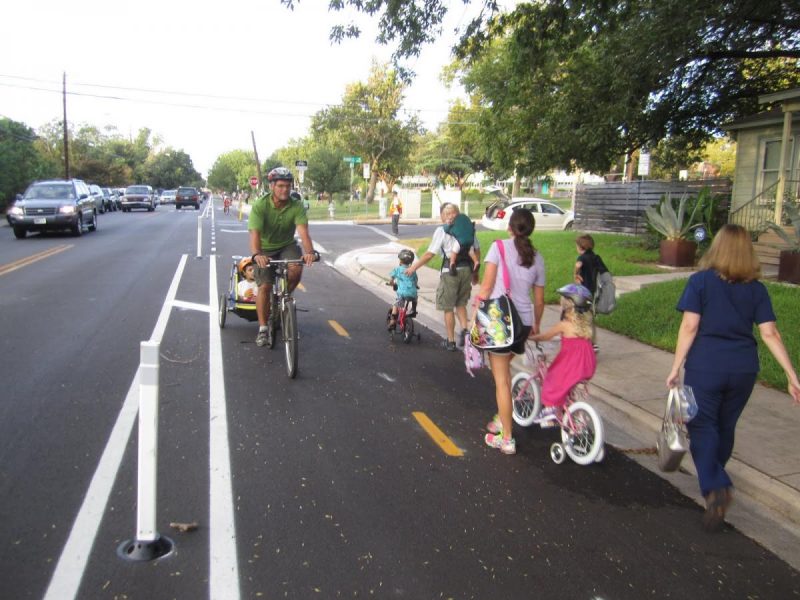Community
Fall River looking for public input on Complete Streets Program

The City of Fall River is looking for community input about Mass in Motion Fall River’s Complete Streets Program.
The meeting is set to take place from 6:00 p.m. to 8:00 p.m. on Thursday, January 10 in the First Floor Hearing Room at Government Center.
According to information provided by the city, a “Complete Street” provides safe and accessible options for all travel modes – walking, biking, public transit, and private vehicles – for people of all ages and abilities. “Designing roadways with Complete Street principles contribute to a community’s safety, health, economic viability and quality of life by improving pedestrian and vehicular environments. Providing safer, more accessible and comfortable means of travel between home, school, work, recreation, and retail destinations helps promote more livable communities.”
In order to access funding through the Complete Streets Program, municipalities must complete two primary tasks:
1. They must adopt a Complete Streets Policy. In 2017, The City of Fall River adopted the A Complete Streets Policy. Fall River Complete Streets Policy.
2. They must complete a Complete Streets Prioritization Plan. A complete streets prioritization plan is a list of projects that would have a positive impact on the safety and accessibility for all travel modes within the City of Fall River.
Adoption of a Complete Streets policy has made Fall River eligible for state funding to assist with the preparation of an implementation plan. The City of Fall River has been approved for funding and have contracted with Howard Stein Hudson (HSH) to complete the plan.
Once a community has developed a Complete Streets policy that has been approved by MassDOT and adopted at the local level, the next step is to develop a prioritization plan. Within this plan, the community will identify projects that incorporate Complete Streets elements and rank these projects based on their ability to address defined issues or needs.
Through the prioritization plan process, the community will also assess project details including the readiness level of each project, conceptual cost estimate, and multimodal benefits.
During the preparation of the prioritization plan, the community will evaluate criteria such as:
Safety benefits (addresses high crash location, reduces vehicular speeds, etc.)
Pedestrian mobility improvements (new or improved crosswalks, ADA upgrades, sidewalks/paths, pedestrian signals, lighting, signage, etc.)
Bicycle mobility improvements (new or separated bike lanes, wider shoulders, signal accommodation, shared-use paths, bicycle parking, signage, etc.)
Transit operations and access improvements (enhanced stop amenities, dedicated bus lanes, queue jump lanes, stop consolidation, signal priority, etc.)
Vehicular operations improvements
Freight operations improvements
Air quality benefits
Compatibility with local or regional goals
Degree of public/stakeholder support
Plan progress
Anticipated project schedule
Cost estimate
A key component to the development of a prioritization plan is public input. It is important that the public be given the opportunity to provide input on the projects to be considered and have the opportunity to review and comment on the plan before it is submitted to MassDOT for final acceptance.
HSH has developed an interactive webpage for people to provide comments and input on issues which they feel are important. Click here to view.
Once MassDOT approves the plan, Fall River will be eligible for grant funding to implement projects listed on the plan.





You must be logged in to post a comment Login